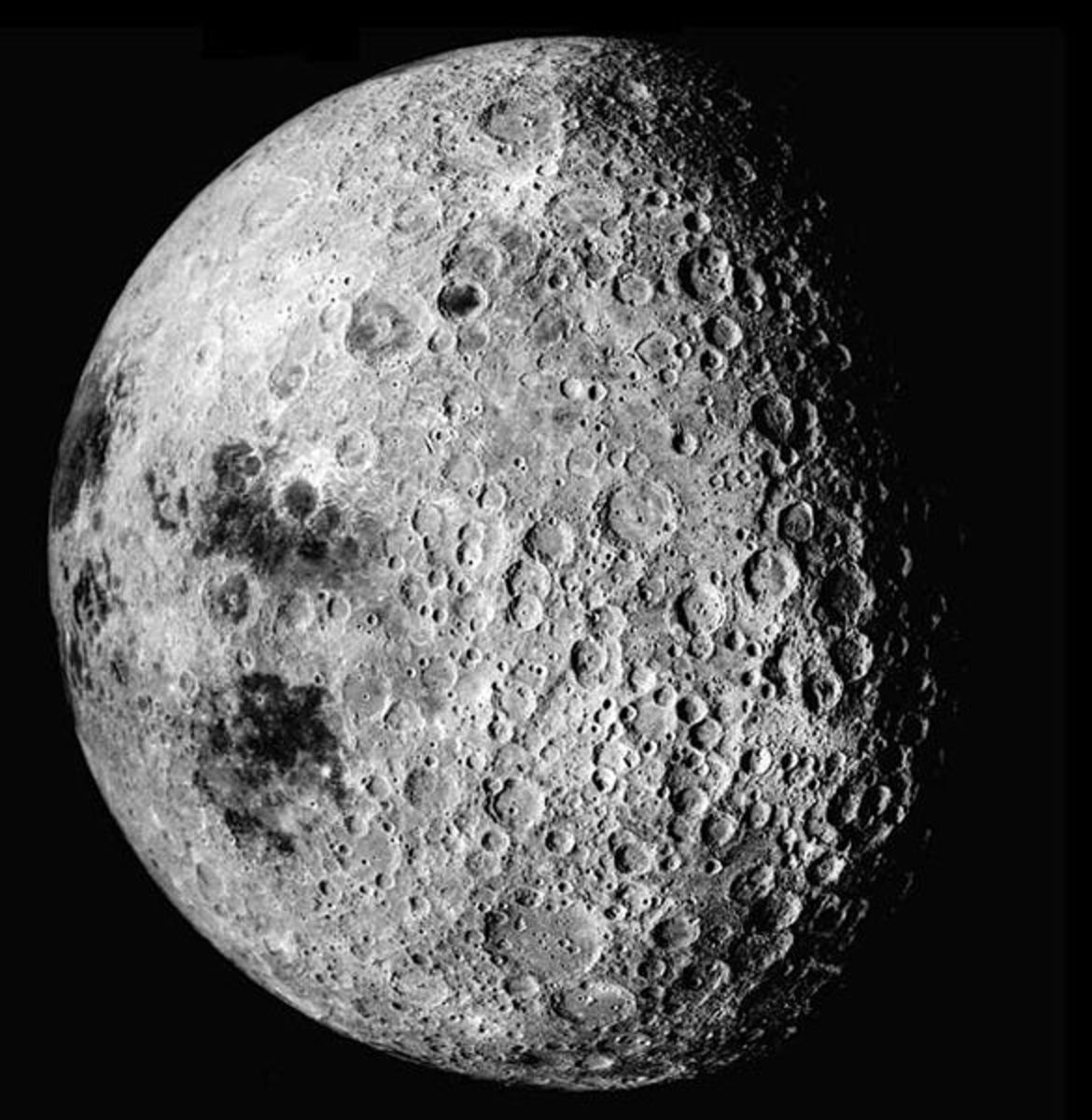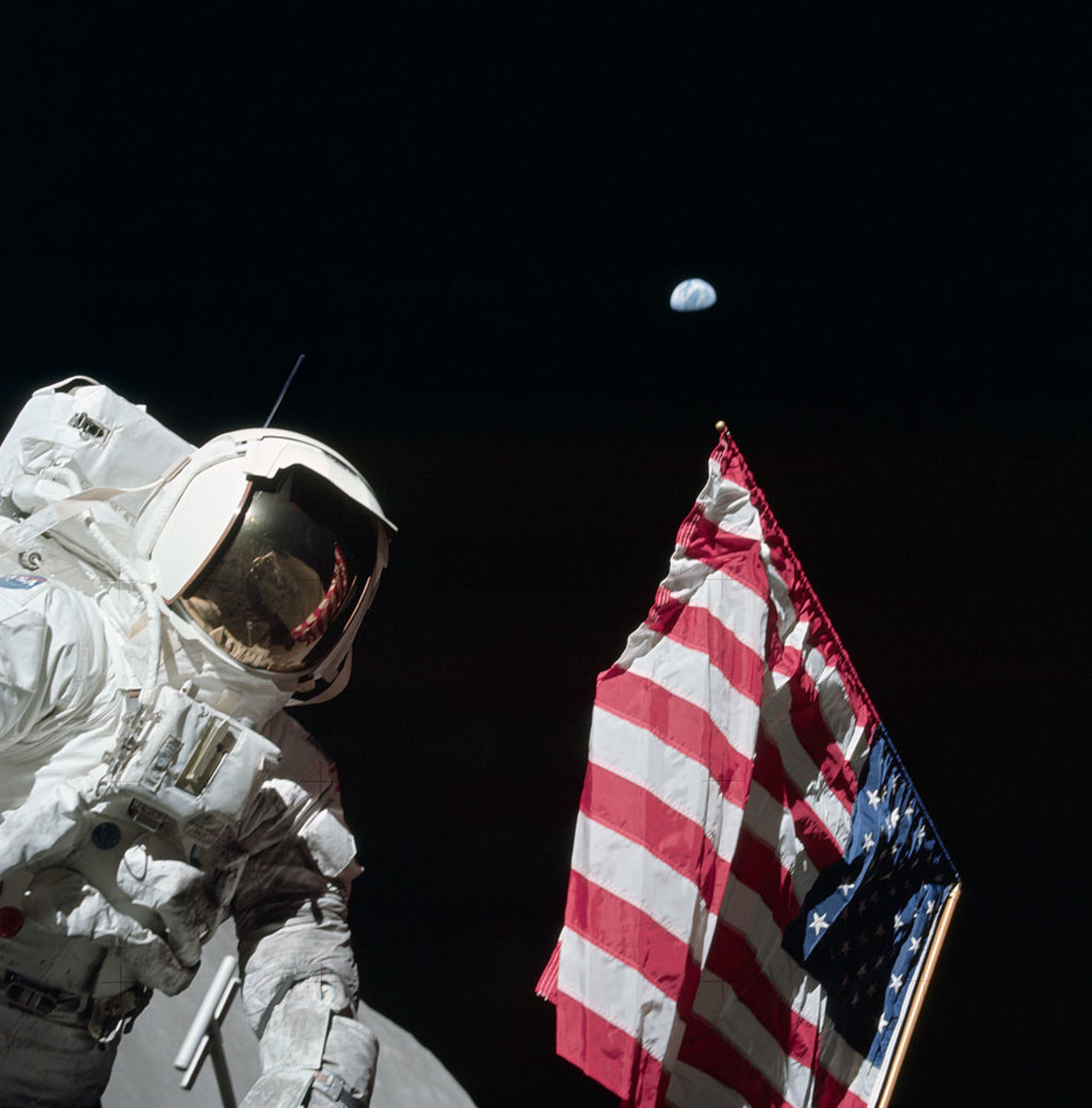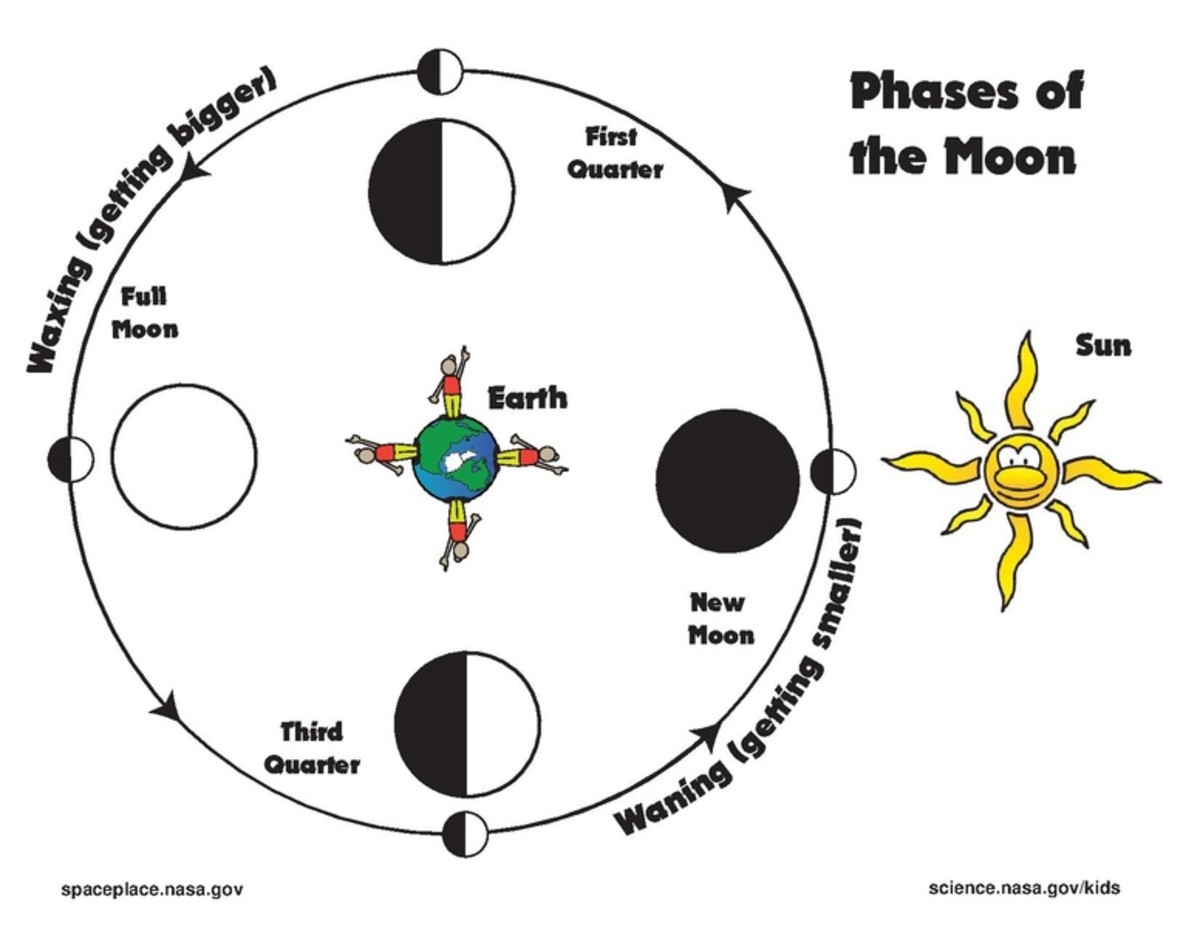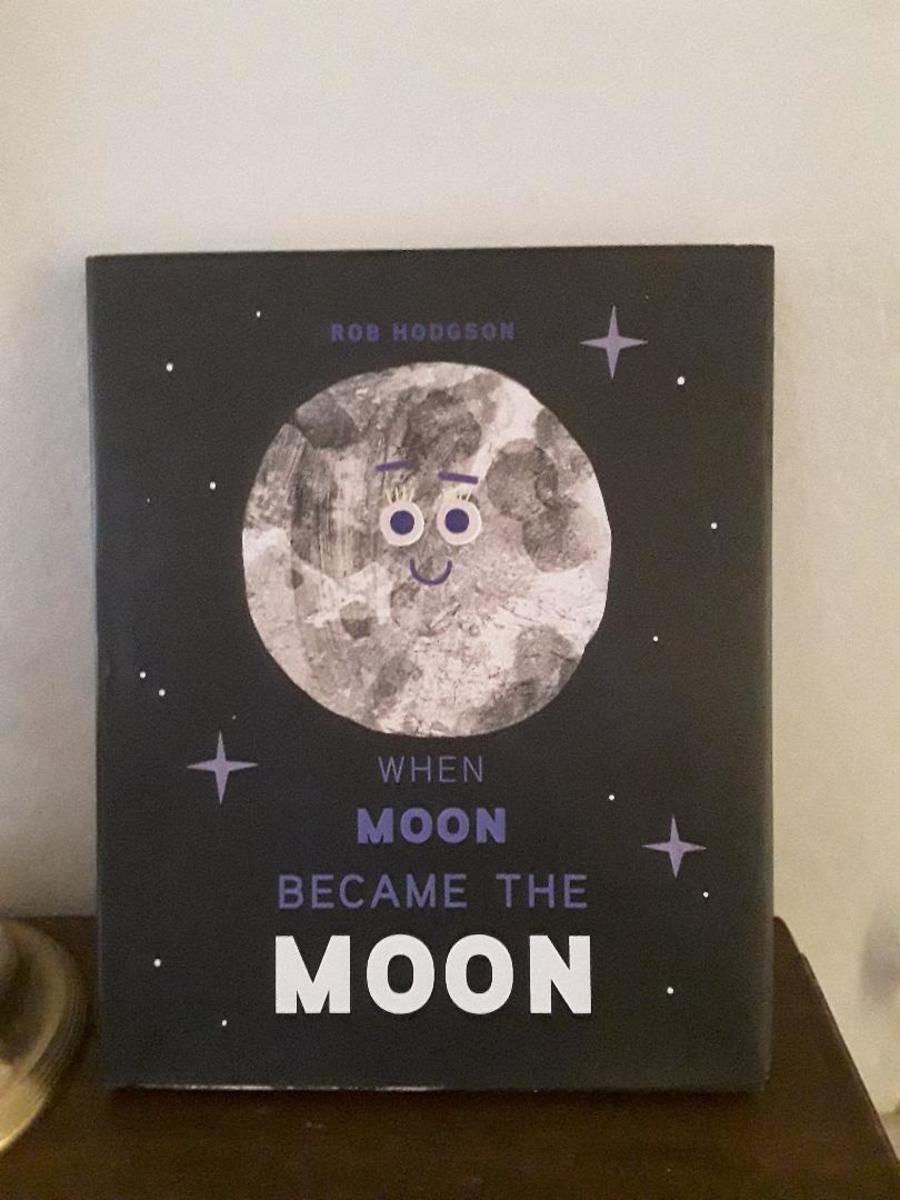Indian Moon Mission Crash Landed - Chandrayaan-2 Satellite Orbiter to Monitor
Moon mission landed but the communication was lost
The Chandrayaan-2 satellite could make the landing of the Moon Lander - Vikram with the Rover and the communication was lost 2 kilometres above the lunar surface at IST 01:54 hours on 7th September 2019. The Indian astronomic mission to the moon was named Chandrayaan-2 which has been successfully launched from the Satish Dhawan Space Centre, Sriharikota, Andhra Pradesh on 22nd July 2019. The Orbiter of Chandrayaan.-2 is in a position to continue to revolve around the moon for another seven years. The lessons from this mission will be a significant one in Space Research by scientists. The program was conceptualized, planned, commissioned and successfully launched by the Indian Space Research Organisation (ISRO).
The Chandrayaan-2 Mission
Having been launched on 22nd July 2019 the Chandrayaan-2 has been revolving on a lunar orbit, which has on the early morning on 7th September 2019 at 01:54 hours, could land Vikram Lander on the Moon and went out of communication.
GSLV Mk-3 satellite launch vehicle
Chandrayaan-2 satellite was carried to space by GSLV Mark-3 satellite launch vehicle. Geo Satellite Launch Vehicle (GSLV) is the Indian trusted satellite launch vehicle which is used even by the foreign countries to launch their satellites into space. In the field of space research, GSLV has been a profit-making business of the ISRO. For the other countries, it is the cheapest alternative compared to American, Russian or French satellite launch vehicles.
It is the rocket science for carrying the payload of satellite in the required to take it to the space, overcoming the gravitation of earth, the fuel system, the aerodynamic insulated body, are all marvels in production.
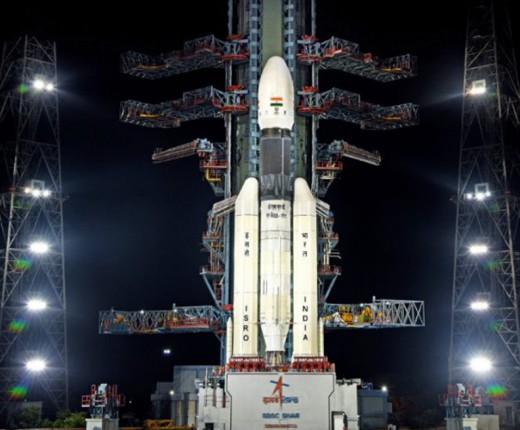
After the launch of the satellite, GSLV detached itself making the satellite free in the space to revolve. Once the satellite is entered into space and started revolving around the earth, it should continue so if there is no change. Then using the self-propelling system, the orbital height is increased step by step. The satellite revolves several times around the earth in the 1st, 2nd, 3rd and the 4th level of geosynchronous orbits of different elevation. In the 4th and the widest revolutionary orbit, the Chandrayaan-2 satellite enters into to the lunar orbit and starts revolving around the moon for several rounds. On the 14th of August 2019 satellite has already left the earth's orbit and entered into the lunar orbit. At present, the satellite is in the second face.
The design and composition of the satellite have the top-notch technology with precision and strength required for the space voyage. It has different sensors, receivers, transmitters, fuel tank, electronic circuits and computer chips, insulations, modulations etc. to fulfil its mission.
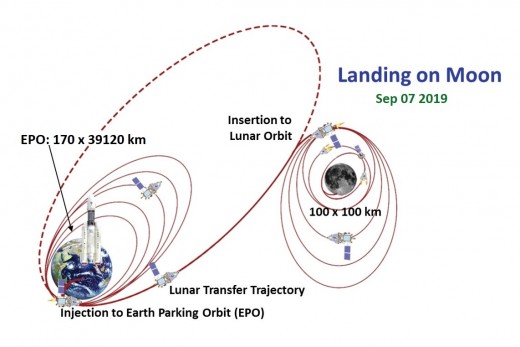
The moon lander crash lands on lunar surface
The Chandrayaan-2 satellite, revolving around the moon in a hundred-kilometre distance has released the lander from it and continues itself revolving around the moon and was sending signals to the earth. Vikram is a spaceship which, while carrying the Chandrayaan's rover, has been orbiting around the moon and could do the landing on 7th September. The Lander has been able to do the landing at a slower speed on to the lunar surface up to a distance of 2.1 kilometres above the lunar surface and then cut-off from radio communication with the earth station. From 100 kilometres above the moon, this lander could complete a trajectory to the south pole of the Moon. The orbiter could locate and take the photograph of the ‘Vikram’ lander on the lunar surface, with which the communication seems to be near impossible. ISRO is of the view that the thrust on the lander could be the reason for communication failure. While estimating the step by step success, though the climax could not be achieved, the overall achievement of this mission on the moon is proclaimed as 90%. However, it is a landmark in Indian Space History.
The moon rover
The mission of Chandrayaan-2 was to release the rover to run around the lunar surface. However, updated communications are awaited. The moon rover named Pragyan has to roam over by solar power on its six wheels. It was set to run at 3.6 kilometres per hour and to carry out a number of analyses. It had inbuilt spectroscopy, image analyzer, sensors and transmitters, all required for analysing the lunar surface for water vapour, minerals and structures of the lunar soil. The data communication from the rover to the satellite revolving a hundred kilometres about the moon has to be established to gain any further information. The satellite, in turn, has to send this data to the earth. On 23rd August 2019 lunar orbiting satellite good pictures of the Jackson Crater in the moon.
The data received from the Chandrayaan-2 is further analysed by scientists. Satellite data is mainly received at ISRO Bengaluru. Step by step control of the Chandrayaan-2 is done from Bangalore, Sriharikota, Pune, Thiruvananthapuram, etc.
Final words
The ultimate aim of the Chandrayaan-2 mission was to understand the possibilities of man mission to the moon from India in the year 2022. Astronomic observers are anxious about the performance of this satellite. Indian Prime Minister has said that the Chandrayaan-2 is a testimony for constant up-gradation of the knowledge and efforts for self-reliance by the space scientists in the field of Space Research.
This content is accurate and true to the best of the author’s knowledge and is not meant to substitute for formal and individualized advice from a qualified professional.

